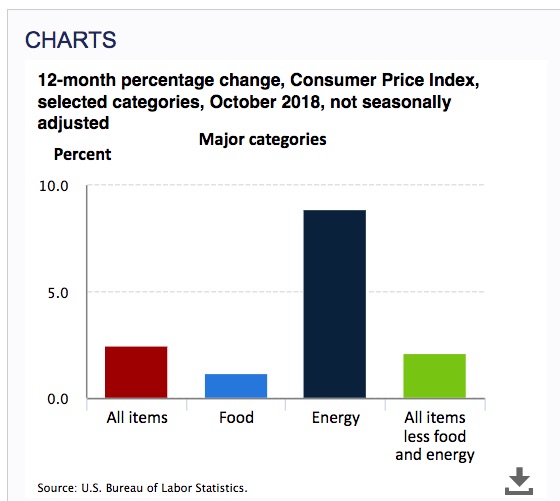
The Real Problem With Facebook’s Business Model
November 19, 2018
Why the Kilogram Had to Change
November 21, 2018One personalized online clothing maker has had a problem. Too many men who were 5’10” or 5’11” said they were six feet tall. Sent jeans for a six footer, they complained their pants were too long and returned them.
Maybe those jeans makers just needed to assume that 6 feet was really 5’10”.
Women’s Clothing Sizes
H&M
Our story continues with fast fashion retailer H&M. Last June they announced that their sizes were changing. Or, as they expressed, “You’ve asked, we’ve listened.”
The shift began at the end of 2017 when a medium became a small. Actually, it was all a ripple where a large was a medium and XS became XXS (which had never before existed). Then, in a second phase, numbered sizes moved downward with a 10 becoming an 8 and so on. Here too they needed a new size, the 0, that was really a 2.
Some History
The H&M decision was a part of a larger trend (a bit of a pun intended).
Since the 1980s, in the U.K. and the U.S., a bigger waist fits into a smaller size. You can see below how the expansion in women’s waist sizes paralleled “downsizing.”
In 2012, a British size 14 was what an 18 had been during the 1970s while a 10 was what a 14 used to be:
In the U.S., someone who purchased a size 0 seven years ago, might not have fit into a size 8 in 1958:
Our Bottom Line: Inflation
Whether looking at monetary inflation or size inflation, the problem is similar. Inflation always represents a distortion in value. With money, we have purchasing power distortion. For clothing, the distortion relates to how we assess weight gain.
In the U.S., at 2.5% for the past 12 months, the inflation rate has been low. You can see that the one anomaly is energy:
Looking farther back, we have to go to the 1979 (11.3%), 1980 (13.5%), and 1981 (10.3%) inflation rates, for worrisome U.S. data.
And, as for those returned jeans, they could assume that 6 feet is 5’10″…
…but that would be inflationary.
My sources and more: Although the WSJ Stitch Fix article was brief, it led to a huge topic. It opened up the whole inflationary world of size distortion through The Economist, RACKED, and The Washington Post.
Our featured image comes from Pixabay.
![econlifelogotrademarkedwebsitelogo[1]](/wp-content/uploads/2024/05/econlifelogotrademarkedwebsitelogo1.png#100878)







